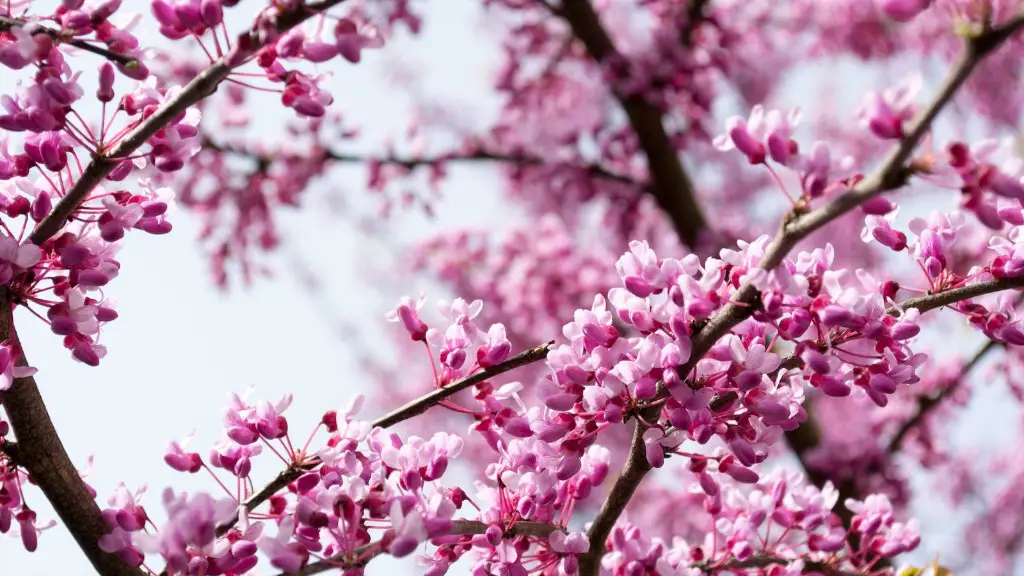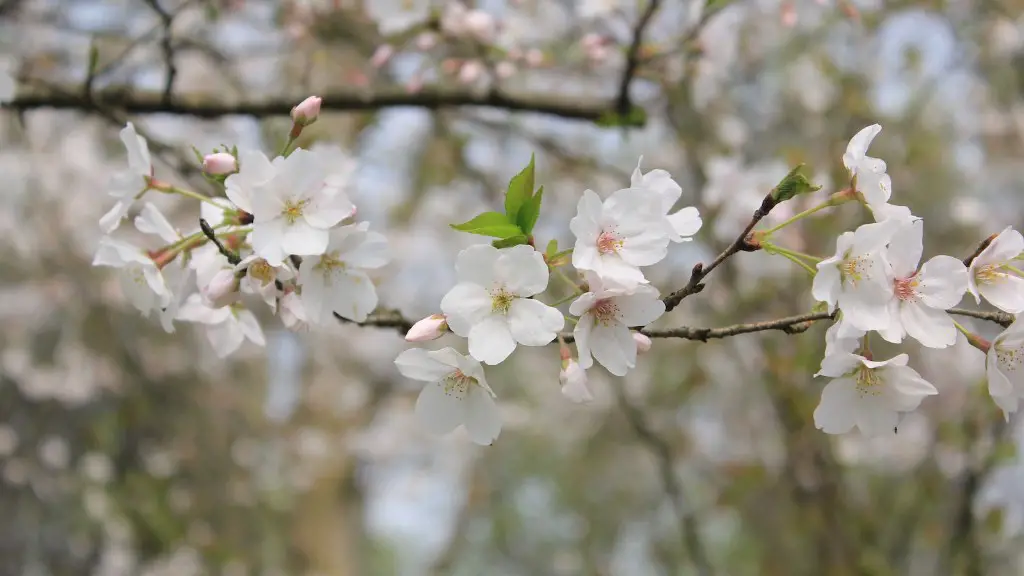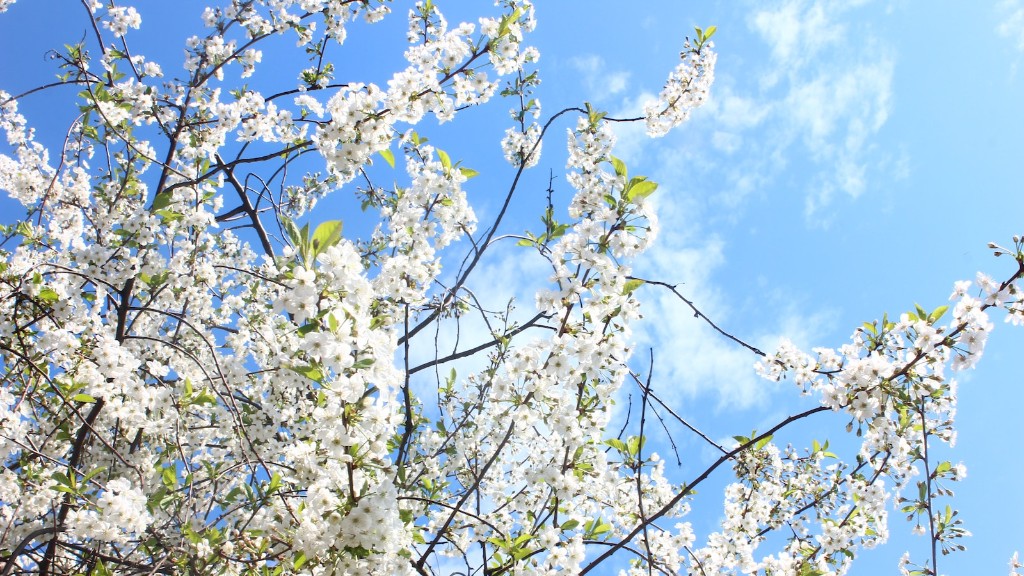Palm trees are a well-known and beloved fixture in almost any home garden, and it’s a worrying experience for homeowners to find that the leaves of their trees have become yellowed or brown. Not only does it look unpleasant, but it can also be indicative of a larger problem or even a terminal one. When trying to understand why palm tree leaves turn yellow, it’s important to consider the potential causes and take appropriate action.
Environmental Stresses
One major cause of yellowed leaves in a palm tree is environmental stress. These can be caused by anything from too little nutritional fertilizer to a lack of water. Palms are sensitive to such changes, and their leaves often turn yellow when faced with an imbalance in their hydration or nutrition. As such, it’s important to check the soil regularly for moisture and for any signs of deficiency in nutrients like nitrogen, potassium, and phosphorus that might be causing stress.
Excess sunlight can also be a major cause of discoloration. Although palm trees need a healthy amount of sunlight, too much of it can cause the leaves to yellow over time. To improve the situation, it’s important to check the amount of sun exposure they’re receiving and adjust shade accordingly, or use some type of shelter to limit the amount of direct sunlight hitting the trees.
There is also the possibility that the yellowing is due to sudden and extreme temperature changes, or because of something in the environment like pollution. If this is the case, it’s important to monitor the air quality by using air-sampling panels or testing the soil for pollutants, and to regulate the temperature in order to reduce the stress on the tree.
Pest and Disease Issues
Another possible cause for yellowed leaves on a palm tree is pest or disease issues. If the problem has been present for a while and doesn’t seem to get better, it may be indicative of an infestation of parasites or fungi. These require immediate attention from a professional, as many pest and diseases that affect palms can be difficult to treat and even more difficult to get rid of. In severe cases, the tree may need to be removed.
It’s important to note that if the yellowing is localized to just one part of the tree, or is accompanied by spotting or oozing sap, then it’s likely indicative of a disease. In these cases, it’s essential to take samples and send them to the nearest plant pathology lab for further analysis and treatment.
The Role of Water
Another type of issue that might cause a palm tree’s leaves to yellow can be rooted in an incorrect watering schedule. Palms prefer to have the soil surrounding their roots always slightly moist, so it’s important to ensure that they have consistent access to water. On the other hand, over-watering can be just as problematic, as it can cause both yellowing and browning of the leaves.
It is also important to note that if the tree is planted near buildings or paved areas, then evaporation can create a dry environment and cause dehydration. In these cases, it is important to check the moisture of the soil before and after watering, and to use mulches to help retain water.
Nutrient Deficiencies
Nutrient deficiencies are one of the most common causes of yellowing leaves on a palm tree. Such deficiencies are usually caused by an imbalanced soil pH or by a lack of certain minerals in the soil, such as nitrogen, potassium, phosphorus, and magnesium. In order to address this issue, it’s important to conduct regular soil tests and correct any deficiencies with the addition of the appropriate fertilizer.
It’s also a good idea to check the amount of potassium and magnesium present in the soil, as both are important for healthy leaf growth. If the levels of either of these two minerals are low, it’s important to correct it by adding the appropriate fertilizer.
Root Damage
Root damage can also be a cause of yellowing leaves on a palm tree. This can occur when the soil is too wet, when the tree is exposed to too much sun, or when it is subjected to other environmental variances. To spot root damage, it’s essential to check the root system and check the soil for any signs of overwatering or drought.
If the root damage is too severe, it may be necessary to completely replace the soil around the tree. This can be a difficult task, as palm roots can be delicate, but it’s important to ensure that the health of the tree is maintained. It is also important to use a high quality fertilizer to give the tree the necessary nutrients it requires for maximum growth.
Repotting
Repotting a palm tree can also cause yellowing leaves. Repotting is generally necessary every few years, as palms can become pot-bound and experience stunted growth if they remain in the same pot for too long. When replanting a palm tree, it’s important to loosen the soil around the roots and to use a high-quality potting mix that will provide the necessary nutrients for optimal growth.
It’s also important to allow the root system to establish itself properly before adding any fertilizer. If done improperly, fertilizer can wreak havoc on the delicate root structure of the tree, causing it to yellow and wither. Once the tree is repotted, it is a good idea to ensure that it is receiving the correct amount of sunlight and water, as well as the appropriate nutritional balance.
Conclusion
When palm tree leaves turn yellow, it can be indicative of a deeper problem that needs to be addressed. While it may not always be possible to pinpoint the exact cause, it’s important to make sure that it is an environmental stress, a pest or disease issue, nutrient deficiencies, root damage, or repotting. By taking the necessary steps to identify the problem and address it accordingly, homeowners can help ensure that their trees stay healthy and vibrant for years to come.



